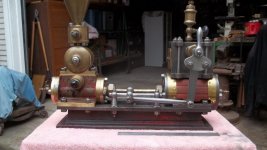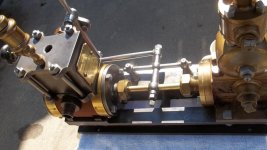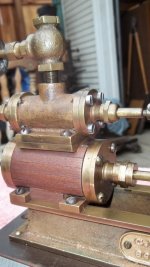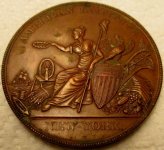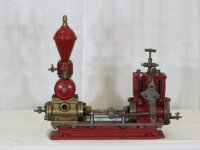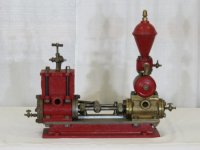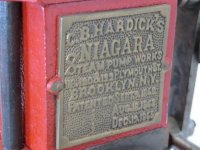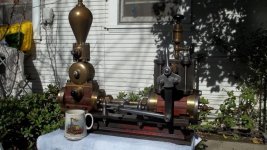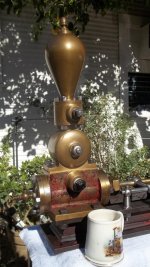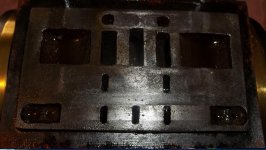Lester Bowman
Hot Rolled
- Joined
- Apr 9, 2011
- Location
- Modesto california USA
A few pics of a lovely steam donkey Simplex pump made by Niagara Steam Pump probably before 1870. Greg Johnson a member here who has an incredible steam collection very graciously allowed me to acquire it from his collection due to its small size.Note the plate stating it was built for Yacht use.
A box bed Simplex pump it uses a very early form of shuttle valve and " D " combination to reverse direction of the stroke. Some day when I get time I'll attempt a disassembly of this shuttle and add more pics.
I have found very little regarding the history of this company or its inventor Charles B. Hardick.. beyond some litigation and advertisement's. I would say assembled the entire pump weighs a hundred pounds. It is a very rare survivor although I know of one other example.
A box bed Simplex pump it uses a very early form of shuttle valve and " D " combination to reverse direction of the stroke. Some day when I get time I'll attempt a disassembly of this shuttle and add more pics.
I have found very little regarding the history of this company or its inventor Charles B. Hardick.. beyond some litigation and advertisement's. I would say assembled the entire pump weighs a hundred pounds. It is a very rare survivor although I know of one other example.


